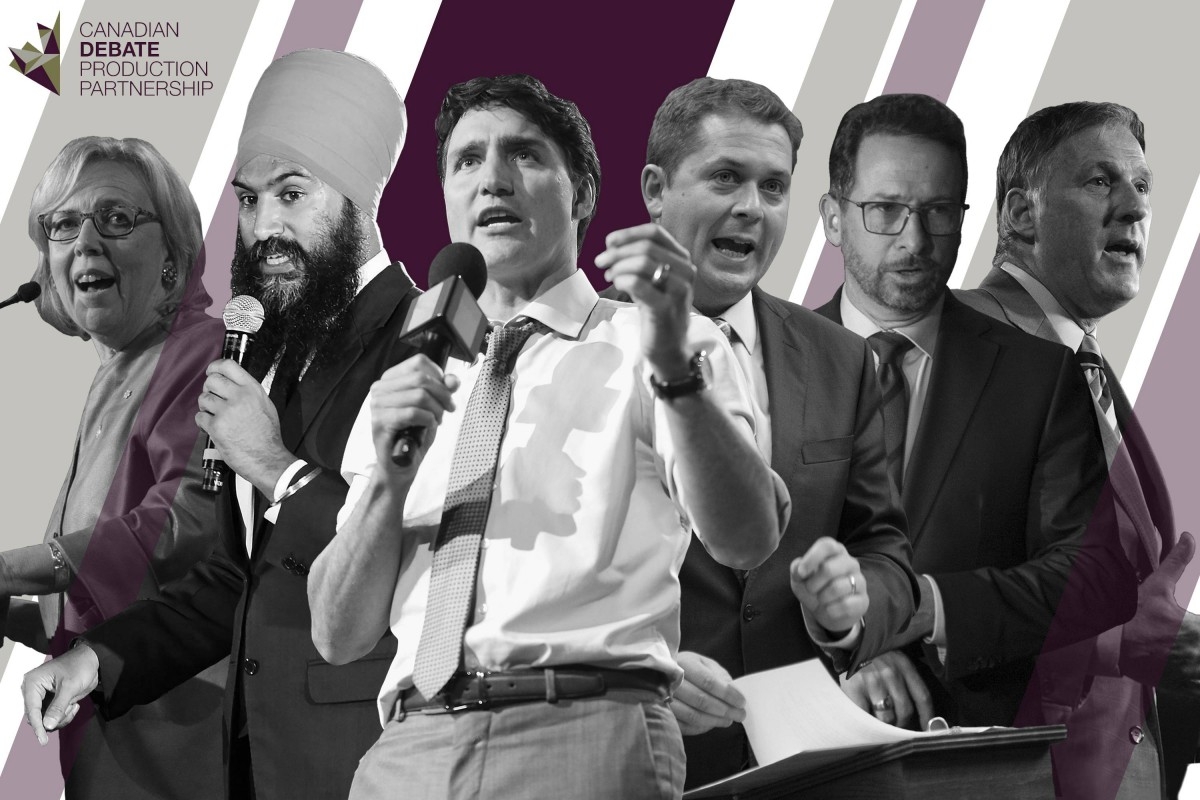
Do Canadians Spend Too Much on Taxes?
Here’s why that’s the wrong question
“There are lies, damned lies and statistics” is the well-worn phrase, but nothing better sums up the recent Fraser Institute scare mongering about taxes being the single largest budget item of Canadian households. “Your family’s largest expense may surprise you,” the ideological-driven think tank wrote, with taxes as the punchline. This perspective was picked up in headlines across the country with few media outlets taking the time to look critically at how the finding was reached.
The truth is, as catchy as the headlines may be, it is alarmist spin.
Of course, if you divide all household expenditures into a number of different categories like food and transportation, but leave all the different levels and types of taxation lumped together in a single category, the Fraser Institute finding is neither false nor surprising. If, instead, we also lumped all of Canadians’ (non-tax) spending together, the resulting discretionary amount is a larger portion of household budgets than the taxes the Fraser Institute claims we pay.
But there is more obfuscating magic in their figures. On the one hand, the Fraser Institute assigns the taxes paid by corporations to individuals and families, but they don’t assign the corresponding corporate profits to anyone. This inconsistency inflates their tax rate numbers.
Let’s tackle the issue another way. If we examine Canada’s entire economy, the OECD pegs total taxes, including CPP and EI contributions, at about 31 percent of GDP. This simply does not square with the Fraser Institute’s figure of 44 percent.
And let’s not forget that governments in Canada actually account for about 20 percent of GDP if we focus on their direct purchases – from teachers’ salaries to hospitals to roads and public libraries. Providing these kinds of public goods is why we have governments in the first place. Presumably the Fraser Institute would rather have Canadians, at least those rich enough to afford it, pay for private schools, private health insurance and toll roads instead. But where would this leave lower and middle income Canadians?
Most of the rest of the economy’s taxes flow back to individuals and families as cash – ranging from child tax benefits to public pensions. These forms of redistribution and social insurance are fundamental to Canada’s social fabric.
But there may be a silver lining. Such biased economic exercises raise a fundamental question: Just what indicators should we be using to keep score on Canada’s economic performance?
In the 1990s, a cover story for the Atlantic Monthly was titled, “If the economy is up, why is everyone down?”, reflecting a widespread feeling that the most commonly used scorecard for the economy, gross domestic product (GDP), was misleading. The recent theological debate on whether or not Canada has been in a recession is also based on GDP trends.
In 2009, then French president, Nicholas Sarkozy, frustrated with the focus on GDP, funded a group of Nobel laureates and internationally prominent economists to see whether there was a better economic scorecard. Their answer, in the area of incomes, was to focus on median family income – the income level that separates families into two equal sized groups when arrayed by income.
For Canada, the trends in this measure of economic performance do not jibe with GDP per capita, nor with the family income figure used by the Fraser Institute. In 1997, median Canadian family after-tax income (in constant 2014 dollars) for a four-person family was about $64,000, just a few hundred dollars higher than it was in 1976. Nothing to celebrate, in other words. Over this same period, GDP per capita had grown by about 20 percent.
After this period of stagnation, there was a clear turning point in 1997, with median family income (again using a four person family as the point of reference) then growing quite steadily, reaching just over $85,000 in 2013. This figure reflects real growth of 33 percent, faster than the roughly 26 percent growth in real GDP per capita over the same period.
We have, then, three very different impressions of Canada’s economic performance: The Fraser Institute has generated implausibly high average tax rates, using opaque methods, with the implication that Canadians are losing close to half their income to some ne’er do well — their governments. The mainstream financial press focuses on short term wiggles in the GDP stats, and politicians try to score points on who is to blame or reward for particular wiggles in GDP.
But far less effort is devoted to producing and trying to understand data on how actual Canadian families are doing.
We need to make more use of modern kinds of “big data” to estimate median family income and related indicators like the prevalence of low income, the size of the middle class, the share of the top one percent and income inequality. Such information would help paint a truer portrait of Canadian household prosperity — both improvements and declines – across the country.
It’s time we stopped buying biased and second-rate economic indicators and took a thoughtful look at how Canadians are really doing.
 Michael Wolfson is an expert advisor with EvidenceNetwork.ca and holds a Canada Research Chair in population health modeling/populomics at the University of Ottawa. He is a former assistant chief statistician at Statistics Canada, and has a PhD in economics from Cambridge.
Michael Wolfson is an expert advisor with EvidenceNetwork.ca and holds a Canada Research Chair in population health modeling/populomics at the University of Ottawa. He is a former assistant chief statistician at Statistics Canada, and has a PhD in economics from Cambridge.










